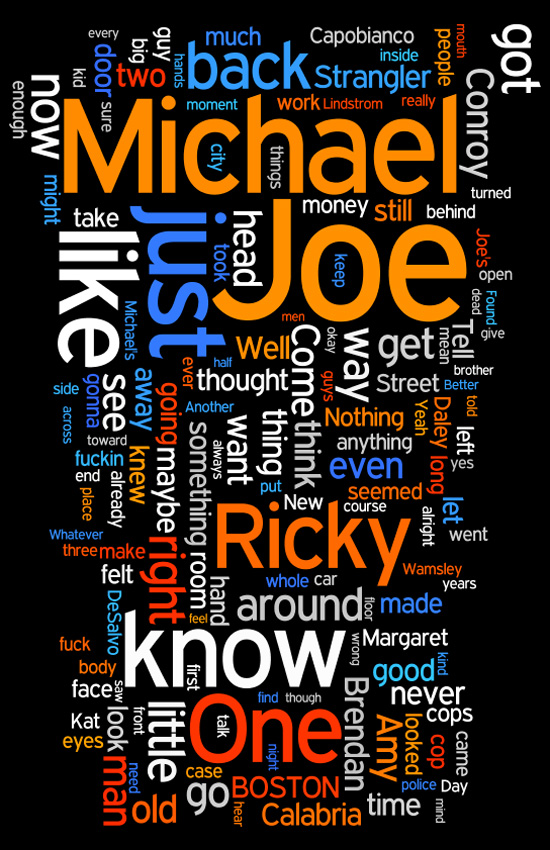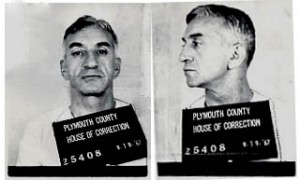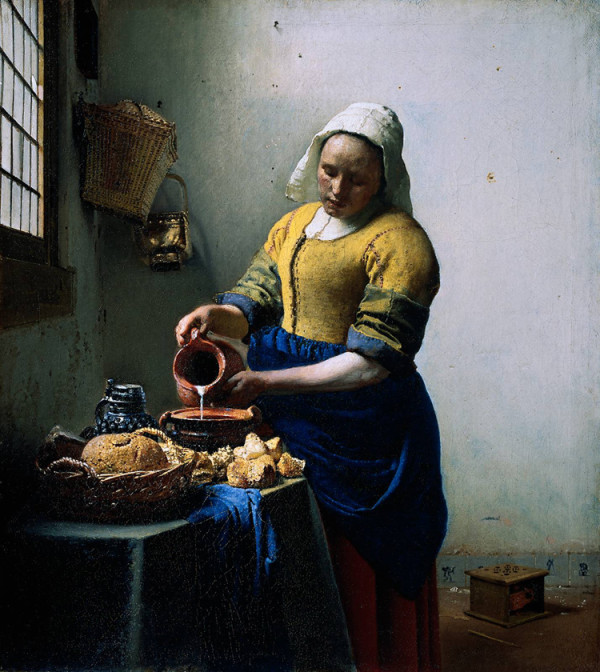For more than 10 years, the intricate, multiseason narrative TV drama has exercised a dominant cultural sway over well-educated, well-off adults. Just as urbanish professionals in the 1950s could be counted on to collectively coo and argue over the latest Salinger short story, so that set in the 2000s has been most intellectually, emotionally, and aesthetically engaged not by fiction, the theater, or the cinema but by The Sopranos, Six Feet Under, The Wire, Deadwood, The Shield, Big Love.
— Benjamin Schwartz, “Mad About Mad Men,” Atlantic Monthly
So that’s where all the readers went.


